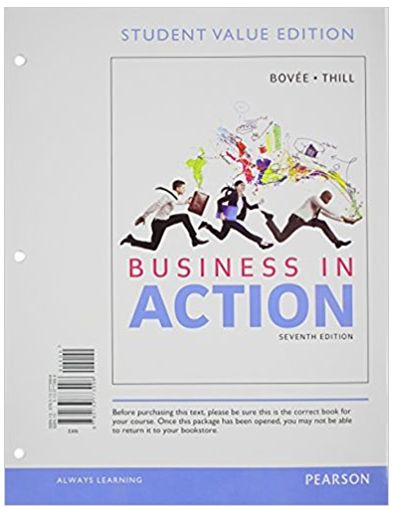Question
Anderson, Swenson and Gilkerson's Understanding Dialogue and Engagement Through Communication Experts' Use of Interactive Writing to Build Relationships (College of Communication Faculty Research and
Anderson, Swenson and Gilkerson's " Understanding Dialogue and Engagement Through Communication Experts' Use of Interactive Writing to Build Relationships" (College of Communication Faculty Research and Publications, 443, 2016) is a well-written primary research study that clearly states the gaps in previous literature their study is seeking to address. The authors consistently identify and discuss the definition of terms that are used interchangeably with "dialogue," including responsiveness, interactivity and engagement. The purposes of this study are to clear discrepancies of the aforementioned terms, propose a model that suggests dialogic communication is not always an outcome for organizations, and to test the models by comparing how PR professionals discuss online interactions.
The researchers utilize qualitative research methods by conducting interviews with mid- to senior-level PR professionals working in social or digital media. While it is resourceful to utilize LinkedIn to source participants by researching key terms such as "social media" and "digital media," I believe this could be an area of weakness in the sampling methods as it introduces a bias for potential practitioners not on the platform. As the researchers identify the relevance of their study for PR practitioners and for training purposes, I think that it was effective to focus on mid- to senior-level professionals, as the findings later suggests the benefit of training junior staff in the writing skills needed for digital communication (Anderson, Swenson and Gilkerson, 2016, p. 17).
In addition to outlining the academic definitions, study conceptualization and operationalization, the authors also include interview excerpts from their study that align with defining responsiveness, interactivity, engagement and dialogue. The visualization of the terms effectively connects the study's findings and suggest recommendations for putting the findings into practice. The results of the study found that PR professionals prefer to train writing skills at the responsiveness level with the potential to build at the engagement level through brand voice. The authors also point to the opportunity to bridge the connection between dialogic and crisis communication in literature to prepare for higher stakes communication. Additionally, while Anderson, Swenson and Gilkerson recognize the research limitations in the study such as the small sample size and single methodology, they clearly identify how these methods can be corrected and enhanced in future research, including future content analysis of online dialogue. I'd be interested to read future studies that dive deeper into the evolution of dialogic communication in PR practices.
Please respond to two of the following questions. Please include at least one quote from the original in each question
1. Given this study utilizes qualitative research methods, how can future studies build on the findings of the authors using a quantitative approach?
2. The authors acknowledge that their methodology may be limited. How can the methodology of the study be altered to be more expansive?
3. As more and more organizations grow their social media presence, what are some ways the findings of this study can inform the methods used by practitioners?
Step by Step Solution
There are 3 Steps involved in it
Step: 1

Get Instant Access to Expert-Tailored Solutions
See step-by-step solutions with expert insights and AI powered tools for academic success
Step: 2

Step: 3

Ace Your Homework with AI
Get the answers you need in no time with our AI-driven, step-by-step assistance
Get Started


